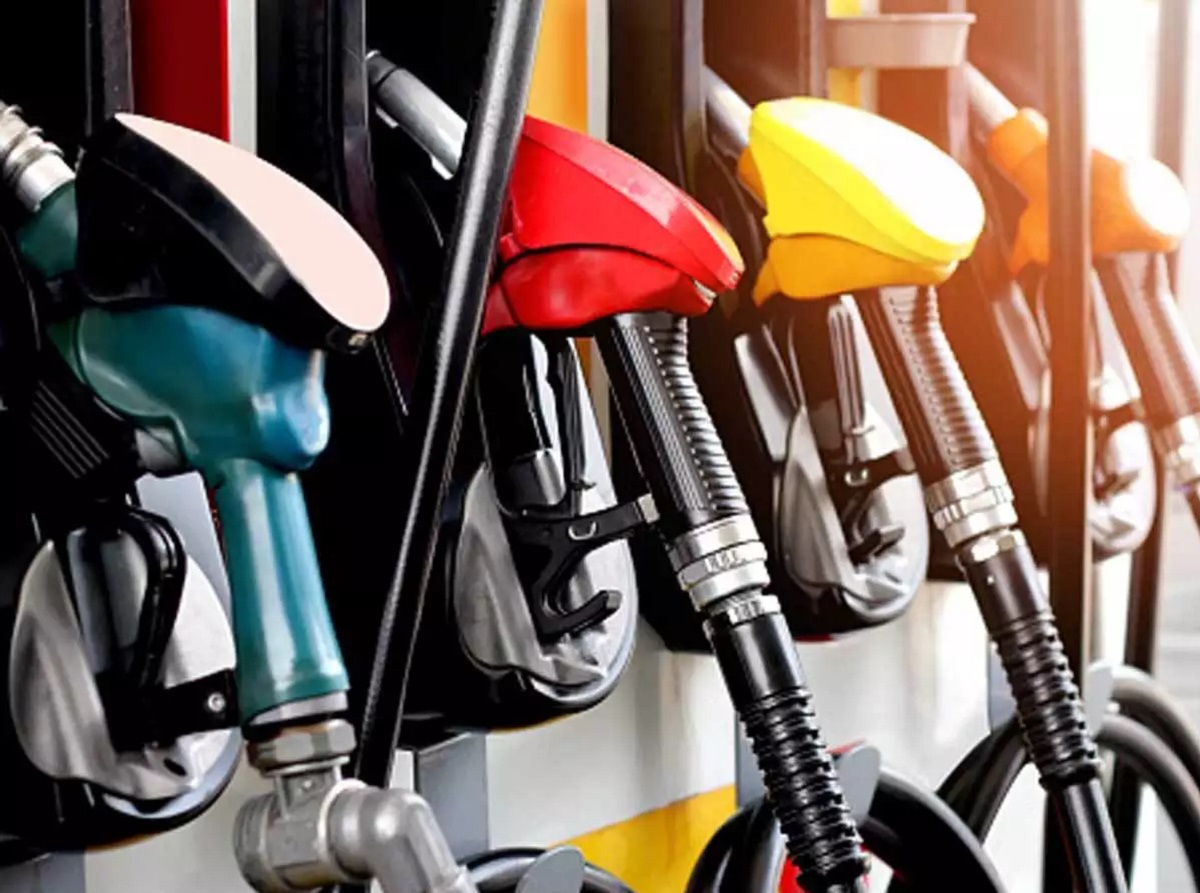Every 14th day of each month, Kenyans receive an update on fuel price adjustments by the Energy & Petroleum Regulatory Authority (EPRA).
EPRA says that the price adjustments are in accordance with Section 101(y) of the Petroleum Act 2019, Legal Notice No.196 of 2010 and Legal Notice No. 26 of 2012. Thus, the outfit calculates the maximum wholesale and retail prices of petroleum products, which are in force from 15th of every month.
This month, for instance, the fuel prices in Nairobi dropped by a measly Sh 2 per litre of super petrol, sh 2.80 for diesel and Sh7.23 for kerosene. While it may seem like a relief to Kenyans burdened by bills left right and centre, the drop was a zero-sum since the prices had been increased by almost the same amounts in February.
See: Ugali, Chapati May Become a Luxury if Kenya Implements IMF Proposals to Increase Prices
On February 14, EPRA increased the fuel prices by Sh 2.67 per litre of super petrol, Sh 2.13 per litre of diesel while kerosene decreased by Sh 1.26 per litre.
EPRA says that these adjustments take into account the weighted average cost of imported refined petroleum product.
The prices are inclusive of 8% Value Added Tax (VAT) in line with the provisions of the Finance Act 2018, the revised rates for excise duty adjusted for inflation as per Legal Notice No. 109 of 9th July 2019 and the revised rates for Railway Development Levy (RDL) and the Import Declaration Fee (IDF) in line with the Finance Act 2019.
The changes in February’s prices were as a consequence of the average landed cost of imported Super Petrol increasing by 3.91% from US$ 471.01 per cubic metre in December 2019 to US$ 489.44 per cubic metre in January 2020; Diesel increasing by 2.68% from US$ 493.68 per cubic metre to US$ 506.92 per cubic metre and Kerosene decreasing by 2.64% from US$ 508.77 per cubic metre to US$ 495.32 per cubic metre.
Read: Soon You Will Afford Your Dream House in Kenya
The changes in the landed costs are summarized below:
The Free On board (FOB) price of Murban crude oil lifted in January 2020 was posted at US$ 67.80 per barrel, a decrease of 2.09% from US$ 69.25 per barrel in December 2019.
Over the same period, the mean monthly US Dollar to Kenya Shilling exchange rate appreciated by 0.35% from KShs. 101.32 per US$ in December 2019 to KSIts. 100.97 per US$ in January 2020.
EPRA provides a summary of the resultant retail prices for major towns in Kenya and it says the purpose of the fuel pricing regulations is to cap the wholesale and retail prices of petroleum products, which are already in the country, so that the importation and other prudently incurred costs are recovered, while ensuring reasonable prices to consumers.
See: Importers Take a Beating From Lack of Viable Alternatives to China
But do these adjustments really reflect the so-called reasonable prices to consumers?
With these adjustments, EPRA passes whichever costs to consumers throughout the economy. While the reductions should reflect including in the matatu sector, energy etc, the changes are so minimal that they are not felt by many.
For instance, the matatu sector never reduces bus fares neither do daily commodities that Kenyans survive on like foodstuff etc. should there be an enforcement procedure then that those who do not have the price changes reflect are dealt with?
While the picture most people have is that oil marketers make a killing from the sale of fuel, the opposite could actually be true.
A small portion goes to fuel marketers while taxation comprises the largest component of fuel prices in Kenya after fixed international costs.
For instance, 46% of the super petrol price goes to international buying and freight costs, while 37%, probably more, goes to taxes and other levies. These other levies are in essences layers of taxation since all the money goes to the government.
Also, read: No reprieve despite drop in fuel prices
For oil marketers, the get 8% goes to wholesale marketers with retailers at the fuel pump getting just 5%.
Since January 2016 EPRA, which was until recently known as the Energy Regulatory Commission (ERC), has been oscillating the fuel reductions by not more than Sh 2 on a regular basis. Rarely does it reduce prices with a bigger margin with 2016, for example, seeing Kenyans complain against the regulator for not reducing fuel prices to reflect the 12-year-lows recorded in global crude oil prices.
So, are Kenyans helpless when it comes to affordability of commodities whose prices are majorly determined by fuel prices?












Leave a comment